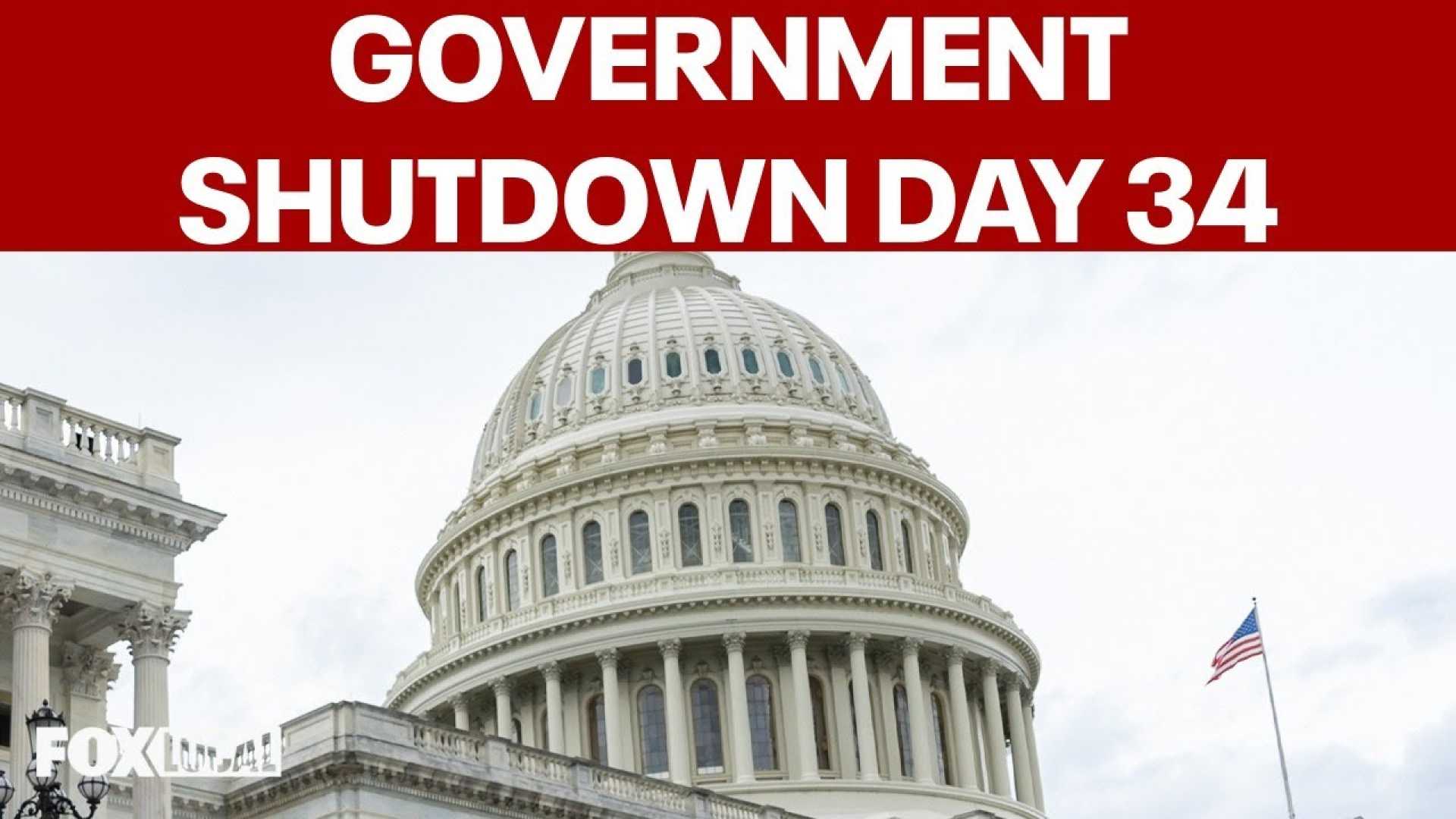Politics
US Government Shutdown Enters Week Two as Lawmakers Remain Stalled

Washington, D.C. — The U.S. government remains shut down for the second consecutive week after lawmakers failed to strike a deal to approve new funding. The shutdown began at 12:01 a.m. EDT on October 1, following a budget standoff between Republican and Democratic leaders in Congress.
Approximately 1.4 million federal employees have been affected, either working without pay or furloughed. The disruption has led to many government services being temporarily suspended, though essential services such as border protection and law enforcement continue to operate, albeit with potential staffing challenges.
This shutdown is particularly notable as it marks the first in nearly seven years, sparked by deep disagreements over budget priorities. President Donald Trump has signaled he wants to use the stalemate to push for further cuts to government programs, particularly those affecting health care.
Negotiations stalled when Republicans proposed a clean funding extension, while Democrats sought to include provisions for health insurance subsidies. Each party has clashed over other issues, including proposed cuts to Medicaid.
“Republicans are unwilling to negotiate on health insurance subsidies, while Democrats are steadfast in their push for these essential programs,” said a senior Democratic aide.
Not all government functions stop during a shutdown. For example, the Department of Defense and some parts of Homeland Security remain funded. However, many federal contracts and permits are delayed, with a projected cost of $800 million lost in new contracts every day.
“We could see an economic impact of roughly $15 billion for each week the shutdown continues,” said Maya MacGuineas, president of the Committee for a Responsible Federal Budget.
As pressure mounts, many in Congress worry about the potential long-term impacts of the shutdown. Lawmakers have expressed concerns about the effects it will have on public sentiment as the holiday season approaches.
“In the past, lengthy shutdowns have hurt both parties and the president in the polls,” noted political analyst Sarah Johnson. “This time, the stakes feel even higher.”
On October 7, Trump indicated that back pay for furloughed workers may depend on political considerations, further complicating an already tense situation. In contrast, Democratic leaders have insisted that all furloughed workers deserve back pay, citing past legal precedents.
As it stands, both parties need to come together to reach a compromise that would reopen the government, but as yet, no clear path forward has emerged.












